Since I started proposing Vittorio video tutorial, on my Instagram profile (@magaly_arocha) I get text messages in which people ask me how to improve their paintings.
It is not always easy to answer. Depends.
Since the best way to learn to paint is to, simply, decide to actually do it, there is nothing wrong with taking a shortcut by learning from common mistakes others have encountered while venturing into the field of art.
In this article, I show you my favorite tricks, I hope they can help those who are starting or who just want to have fun.

Tip 1. Never paint on white canvases. Those who follow me on social media know that I insist on this point a lot. Why?
It is simple: if you are starting, painting on a canvas in a matte tone will allow you to start from a more balanced background to paint; a white canvas can dazzle you and confuse you with the right values of color.
If you use a canvas that you have previously prepared (with neutral acrylic and a lot of water) you will find an advantage: the background of the painting will already have a colored base and it will be easier to cover.
Tip 2. Invest in high-quality brushes and take care of them
Poor quality brushes do not retain color or adhere evenly to the canvas. Bristles are easily damaged. The bristles deteriorate easily.
If you have a limited budget, instead of buying a lot of poor quality brushes (which you will need to replace very frequently), invest in few but good quality brushes and learn how to take care of them.
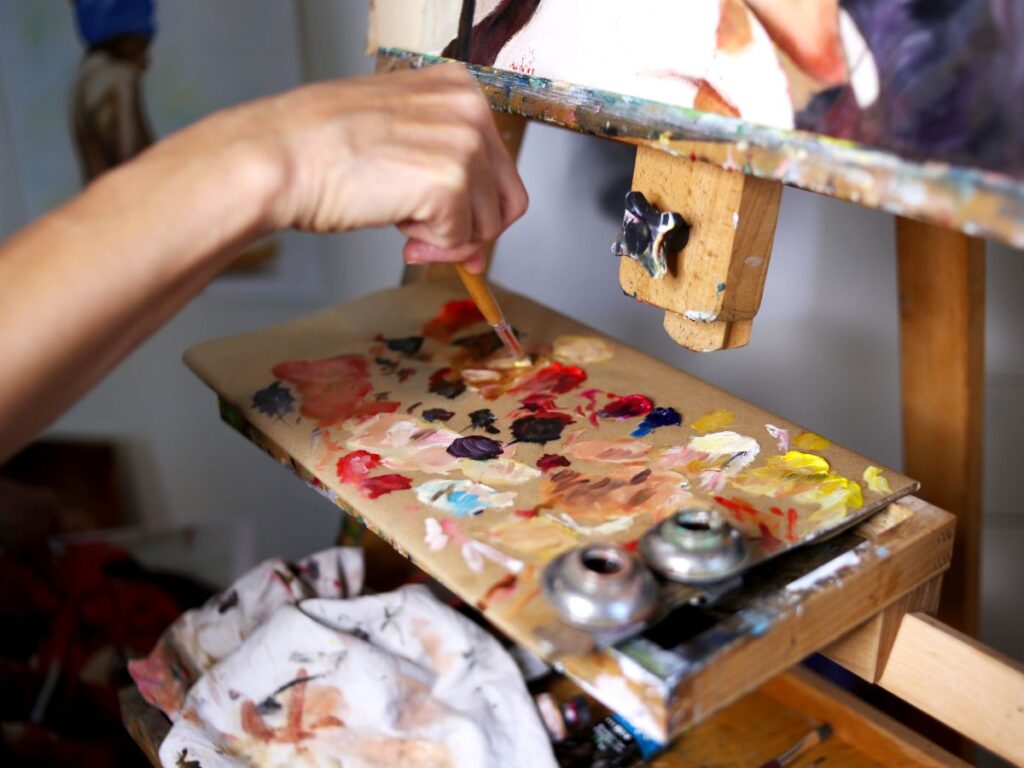
I wrote an article about taking care of the brushes and tricks to recover the ones that you have ruined ➡️https://www.magalyarocha.com/en/2020/12/10/how-to-clean-brushes-my-tips/
Trucco 3. Mantieniti attivo mentre dipingi!
Every now and then get away from your painting, walk around it, look at it from different angles and in different light.
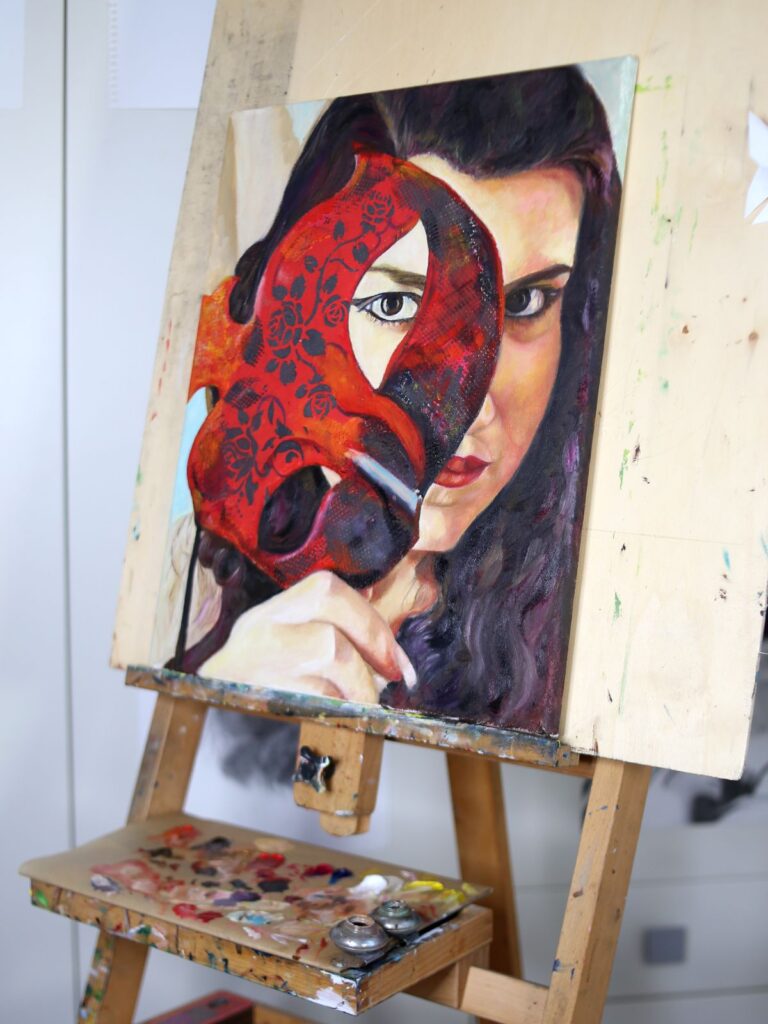
If you stay in the same position while you paint, you may be overlooking issues that can only be captured from a different perspective. After all, we too have two profiles, one of which we like and the other we don’t!
Tip 4. Take progressive photographs of your painting
This will not only give you an interesting record of your work, but it will also provide you with valuable information on where you could improve.
In addition, you can look at the photos of the progress during the day that you are not painting to understand what the next steps will be.
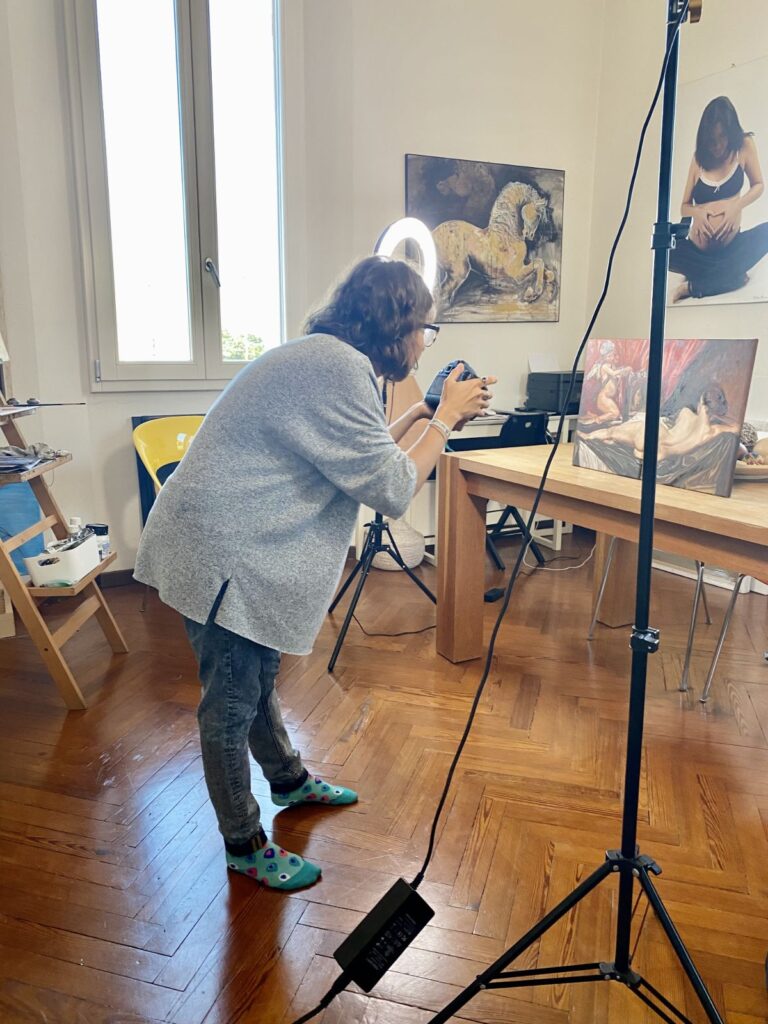
Tip 5. Use a color corrector to help you blend
Your mind can play a lot of tricks on you in relation to your perception of color.
We also have preconceptions about what certain objects should look like that can alter the way we perceive a color.
A short-term solution is to use a program like Photoshop to clearly identify the colors in the reference photo.
However, this is not a long-term solution. The long-term solution is to train your judgment so that you don’t need a color corrector. And if you really can’t, after all, even the choice of colors is a form of freedom
Tip 6. If you are stuck on a painting, start a new one
And go back to the first one later. It is Vittorio and Cloe’s favorite technique (when they study mathematics). If you rush into a problem, more often than not you will overwork the painting. You will get tired and frustrated.
Take a break, for example, painting a completely different subject can help you. It helps me!
Tip 7. Look at your painting in a mirror
This will give you a completely different perspective on your work. You will be able to see problems that you may not detect when you are standing in front of your painting.

Tip 8. Use a black and white version of your reference photo
How light or dark an object can be is one of the most important elements in a painting.
If you are painting from a photo, you can use Photoshop to see your reference photo in black and white.

This way you will have an idea of the range of values of the scene and the painting process will be much easier.
Tip 9. Use a gridded matrix to help you
You can place a grid matrix on your reference photo and draw it on your canvas as well.
If you don’t know how to do it you can check the Reels session of my Instagram profile where I explain how to do it ➡️https://www.instagram.com/reel/CR8wO7mje5H/?utm_source=ig_web_copy_link
Using a matrix is not “cheating”. It will help you with the main structures of your painting, but try not to always rely on it. Use it as a guide to get started.
Over time you will improve and you will not need it.
Remember that it will be difficult to learn if you copy each segment of your image without considering the painting as a whole.
Tip10 ➡️ Write it yourself: help meenrich this article🤗

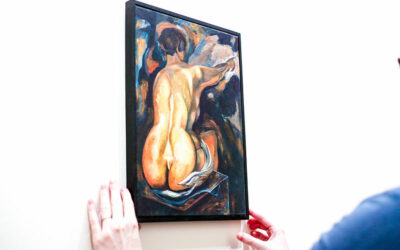
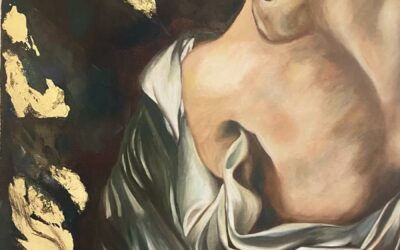
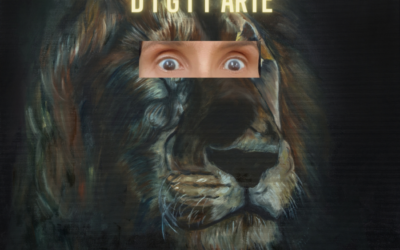
0 Comments